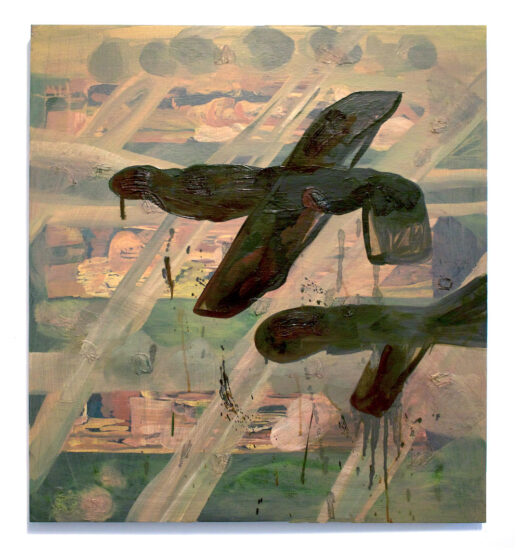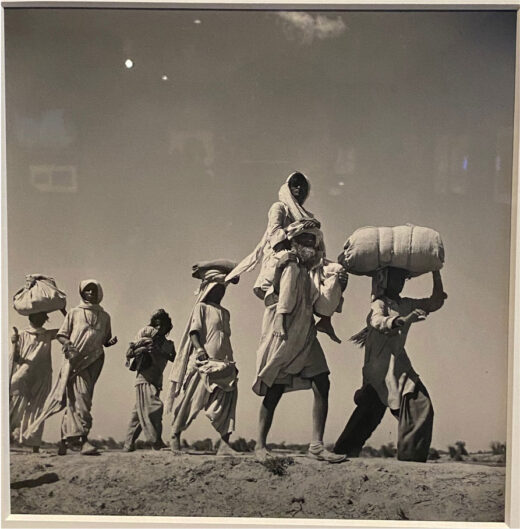Art History, Postcolonialism, and the Global Turn
When taken as a conglomerate, the postcolonial, the global, and the decolonial might signal a coordinated “decolonizing” action—one of breaking with the Eurocentric, patriarchal, and nationalist foundations of art history. Yet from a disaggregating perspective, these three terms and their respective domains cannot be seen as synonymous or entirely harmonious. What particularly demands scrutiny is the tendency to dismiss the postcolonial, or announce its demise, by claiming it has been superseded by other paradigms, namely the global and the decolonial. This introductory essay, and its accompanying special issue of ARTMargins, seeks to trace the postcolonial, global, and decolonial as … Read more










